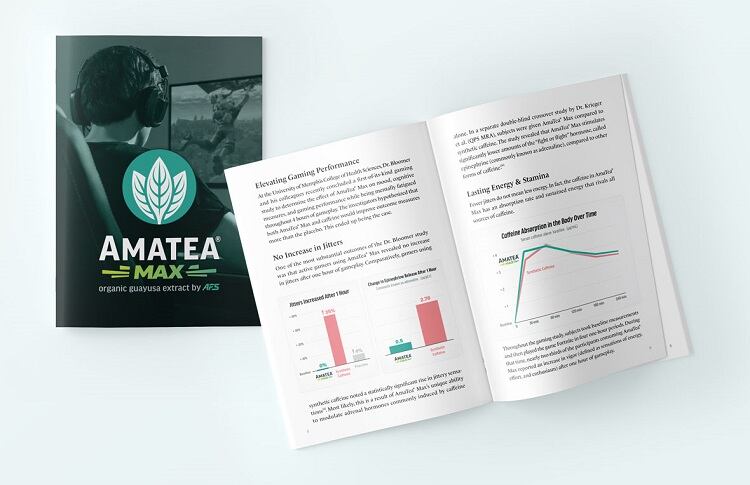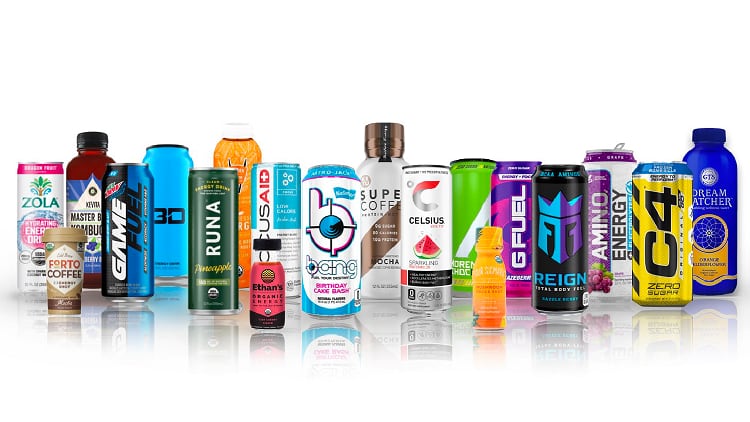Perimenopause is shaping the way a lot of women are looking at their health.
As awareness grows and the stigma fades, the life stage of perimenopause is revealing a significant market opportunity for brands to focus on hormone balancing to help better support women in their wellness journey.
Occurring roughly between the ages of 35 and 55, perimenopause impacts a powerful consumer demographic. Aging Millennials and Gen X women have immense purchasing power and influence over the market. Combine this with a growing set of wellness priorities (e.g., disrupted sleep, brain fog, low energy, mood fluctuations, changes to hair, skin and nails, etc.), and it’s no wonder so many brands are focusing on women’s health.
While many products aim to address these symptoms individually, a more holistic approach is to look at the root cause of restoring hormonal balance.
Perimenopause is the new front line of women’s health
The topic of perimenopause is gaining significant traction. Google Trend data suggests that the demand for perimenopause-related information is growing four times faster than for menopause. In fact, over the last year, it outpaced heart health and obesity as a top search trend for women’s health. Social media conversations reflect this growth in interest.
The advanced social listening data from Brightfield Group reports that over the last five million mentions of women’s health tracked across social platforms, around 5% of those conversations were perimenopause-related, surpassing conversations on obesity/weight loss.¹
What’s influencing the surge in interest?
- Women are experiencing perimenopause earlier in life
- Older Millennials and Gen Xers are aging into perimenopause
- Increase in attention, combined with a reduction in stigma
- Women are now connecting issues such as brain fog, mood changes and sleep problems to perimenopause
Finding hormone harmony in ’the age of xenoestrogens’
For women approaching their forties and beyond, the body undergoes a significant shift – changing its predominant form of estrogen used during reproductive years (estradiol) to a more stable and long-term form that will last throughout their lives (estrone). However, for many women, this transition does not feel as graceful as it should. This is largely related to a condition called estrogen dominance, where excess levels of estradiol create an imbalance that can noticeably impact health.²
Complicating matters further is exposure to xenoestrogens. Year after year, scientists reveal how preservatives, microplastics and other polyfluoroalkyl substances (PFUAs) impact our health. A key discovery is that these synthetic chemicals mimic estrogen (estradiol) in the body, cause estrogen dominance and make the perimenopausal transition more difficult.³⁻⁵
Fortunately, the body is naturally designed to maintain healthy hormone levels, and with proper support, these various forms of estrogen can be effectively metabolized and eliminated to prevent buildup.
How can estrogen levels affect men?
Often overlooked in hormone conversations are men who also produce a small amount of estrogen through the conversion of testosterone. But when estrogen levels in men get too high, especially with the intake of xenoestrogens, it can disrupt hormonal balance and even suppress natural testosterone production.⁶
Glucarate: A science-backed liver health ingredient for hormone balance
We rarely think of the liver’s role in hormone health. However, as part of the body’s natural detox pathway, it is the liver’s responsibility to metabolize and deactivate excess estrogens and xenoestrogens.⁶ Glucarate enhances liver detoxification, effectively removing excess estrogens and chemical toxins that mimic estrogen.
CelluThrive™ D-glucarate from Applied Food Sciences is a clinically validated ingredient backed by over two decades of research. CelluThrive has been shown to drop estradiol levels by 56% compared to the placebo.⁷⁻⁸ Furthermore, CelluThrive aids in the removal of toxic compounds, including microplastics, PFUAs and food additives, which are key sources of xenoestrogen intake.⁹⁻¹⁰ Therefore, CelluThrive is not only a powerful hormone support ingredient, but also provides additional liver support that women are seeking.
For over 20 years, Applied Food Sciences (AFS) has brought inspiration and innovation to functional ingredients. CelluThrive is a prime example of a science-backed health ingredient, supported by years of clinical studies and multiple patents.
Formulate for balance
Women are rewriting the wellness narrative, and brands have an opportunity to lead the way. By addressing hormone health at its root, not just its symptoms, products formulated with CelluThrive are considered a trusted hormonal support system for life’s biggest transitions.
References
- Brightfield Group. Wellness Social Listening & Quarterly Survey.
- Oyelowo, T.; Mosby’s Guide to Women’s Health. 2007.
- Archer, DF. et al. Norethindrone acetate 1.0 milligram and ethinyl estradiol 10 micrograms as an ultra low-dose oral contraceptive. Obstet Gynecol. 2013 Sep;122(3):601-7.
- Khan, S. What are phytoestrogens, and what are they used for?. Health Operations. 2022.
- Cleveland Clinic. What is estrogen?
- Brandenberger, AW.; et al. Tissue distribution of Estrogen Receptors Alpha (ER-alpha) and Beta (ER-alpha) mRNA in the midgestational human fetus. J Clin Endocrinol Metab. 1997;82(10):3509–3512.
- G Tramontano. A Multi Center, Randomized, Double-Blind, Within Subject Crossover Study to Explore the Safety and Efficacy of D-Glucarate 1000 mg Versus Placebo on Vasomotor, Emotional and Behavioral Symptoms in Symptomatic Perimenopausal Women. Exoden Research Center. 2012.
- Abou-Issa, H.; et al. Basis for the antitumor and chemopreventive activities of glucarate and the glucarate–retinoid combination. Anticancer Res. 1992; 13: 395–399.
- Hanausek, M.; et al. Detoxifying cancer causing agents to prevent cancer. Integrative Cancer Therapies. 2003; 2(2): 139-144.
- Cline, J.C.; Nutritional aspects of detoxification in clinical practice. Alternative Therapies. 2015; 21, 54-62.







